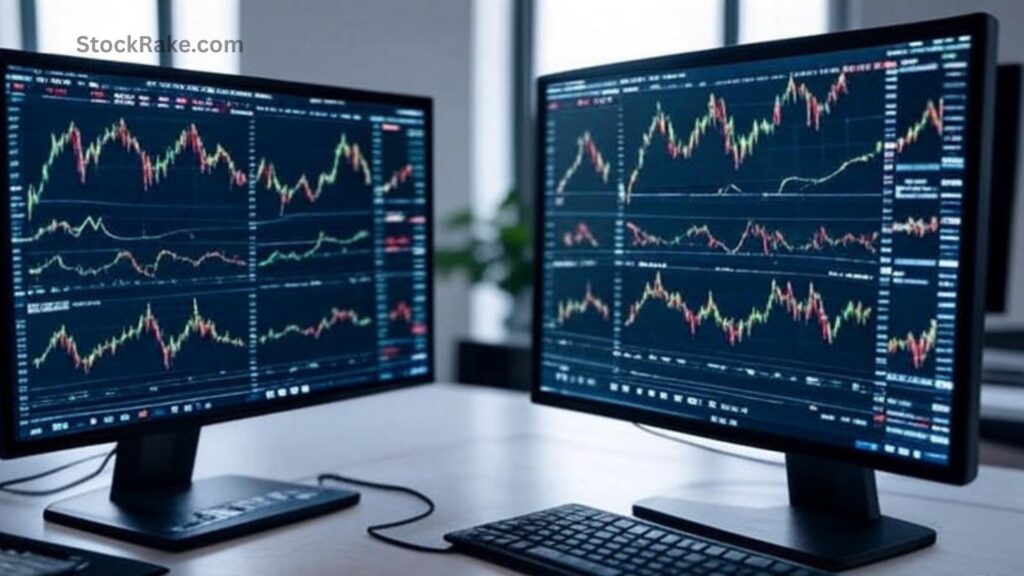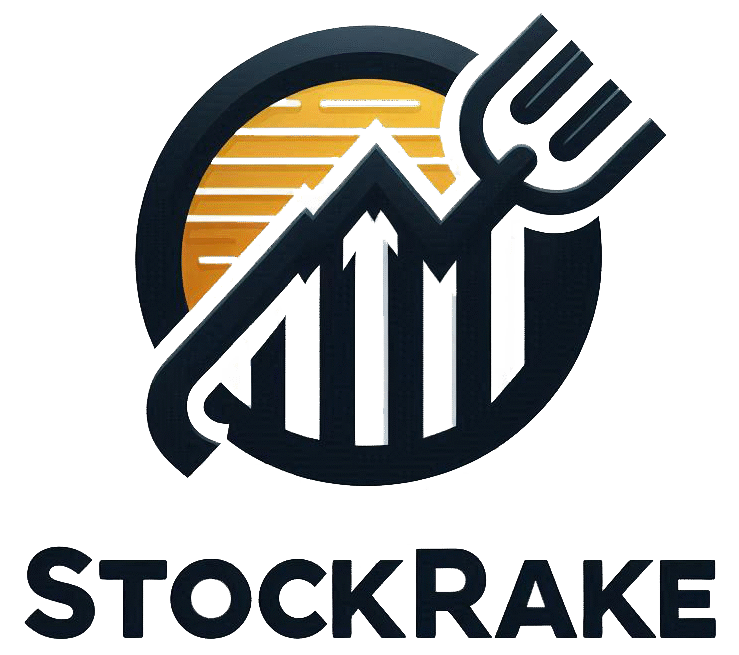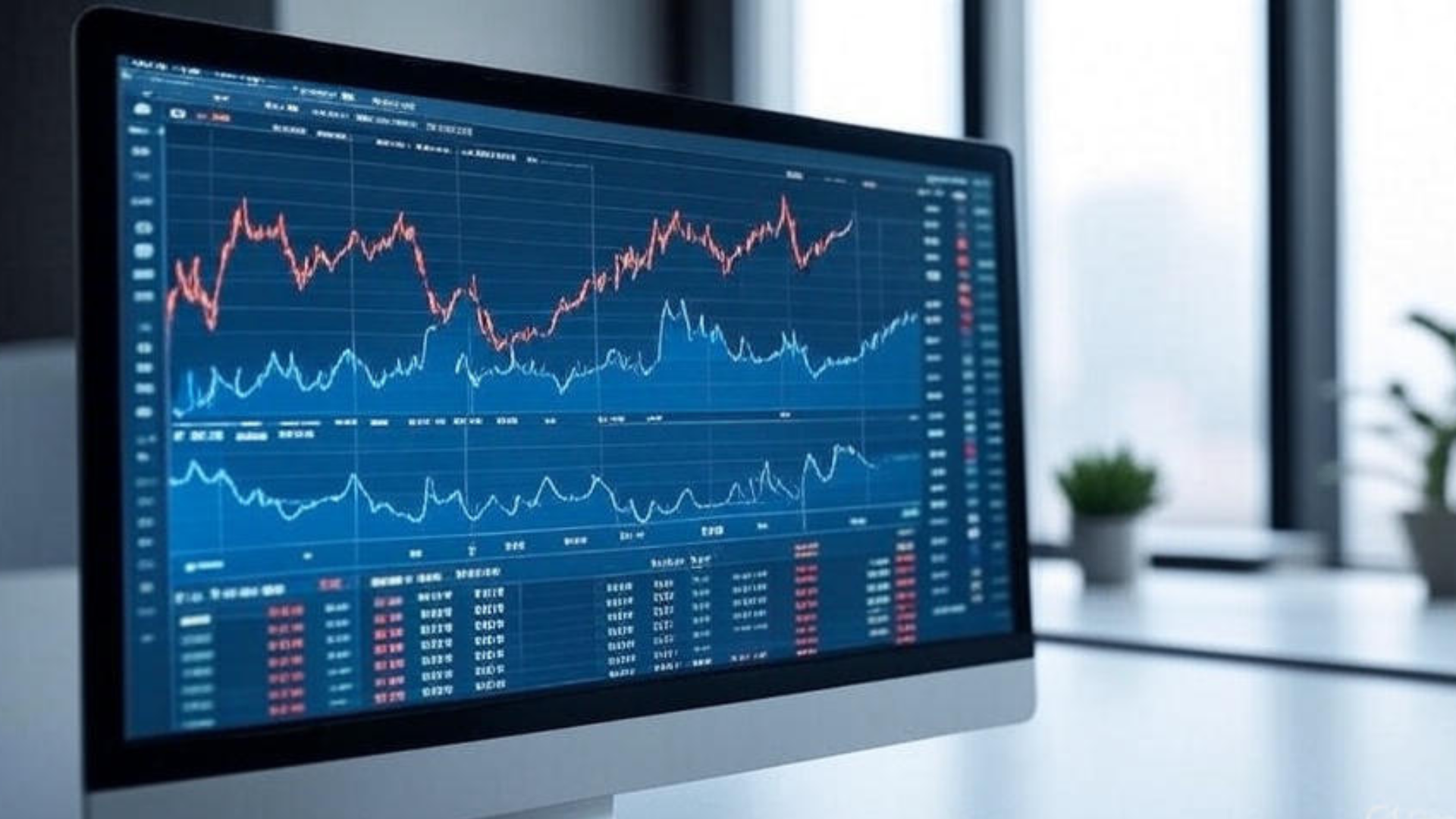If you’ve ever watched financial news or checked a stock app, you’ve probably heard phrases like “The S&P 500 rose today” or “The market fell with the S&P 500.”
But what exactly is the S&P 500—and why does it matter so much?
The S&P 500, short for Standard & Poor’s 500 Index, is one of the most trusted barometers of the U.S. stock market. It tracks 500 of the largest publicly traded companies across diverse industries—technology, healthcare, energy, finance, and more. Managed by S&P Dow Jones Indices, a division of S&P Global, it offers a real-time picture of how the U.S. economy is performing overall.
Interestingly, even though it’s called the S&P 500, it actually includes 503 individual stocks—some companies, like Alphabet (Google’s parent company), have multiple share classes listed.
How the S&P 500 Is Calculated
The S&P 500 uses a market capitalization-weighted formula, meaning larger companies have a bigger influence on the index’s movements.

👉 What’s a Market Cap?
Market capitalization (or market cap) measures how much a company is worth in the stock market:
Market Cap = Stock Price × Number of Shares Outstanding
To determine a company’s weight in the S&P 500:
Company’s Weight = Company’s Market Cap ÷ Total Market Cap of the S&P 500
For instance, a $2 trillion company carries far more influence than a $50 billion one. These values are updated regularly, reflecting live market changes.
💡 You can find up-to-date weights and figures on financial news outlets like CNBC, MarketWatch, or Bloomberg.

Also Read: What’s the Best Way to Start Investing with $100?
Other Key S&P Indexes You Should Know
The S&P 500 is just one part of a larger S&P family of indexes, each focusing on different company sizes:
| Index | Focus | Company Size |
|---|---|---|
| S&P 500 | Large-cap | Big corporations |
| S&P MidCap 400 | Mid-cap | Medium-sized firms |
| S&P SmallCap 600 | Small-cap | Smaller, emerging companies |
Together, these make up the S&P Composite 1500, representing about 90% of the total U.S. equity market. This broad coverage helps analysts and investors gauge market performance across company scales.
How the S&P 500 Is Built
Not every company can make it into the S&P 500. A committee carefully selects eligible businesses based on:

- Market capitalization
- Liquidity (how easily shares trade)
- Financial health and profitability
- Public float (shares available for trading)
Importantly, only free-floating shares—those available to the public—are included in the market cap calculation. When a company issues new shares, merges, or undergoes major changes, its weight is adjusted accordingly.
The total index value is calculated by summing all adjusted market caps and dividing by a confidential divisor—a proprietary number maintained by S&P to ensure continuity over time.
👉 Note: The index’s published value doesn’t include dividends, though “total return” versions of the S&P 500 do.
Why Company Weighting Matters
In the S&P 500, size truly matters. Larger companies—like Apple, Microsoft, or Amazon—can sway the index dramatically.

- A company with a 10% weight impacts the index five times more than one with 2%.
- That’s why a strong earnings report from a mega-cap company can lift the entire market—or drag it down.
For example, if Apple has a big price swing, you’ll often see headlines like “S&P 500 gains on Apple rally.”
S&P 500 vs. Other Major Stock Market Indexes
Let’s compare the S&P 500 to other popular U.S. indexes to understand what makes it so influential.
🆚 S&P 500 vs. Dow Jones Industrial Average (DJIA)
The Dow Jones Industrial Average tracks 30 large companies, but it’s price-weighted—meaning higher-priced stocks have more influence, regardless of their size.
By contrast, the S&P 500’s market-cap weighting is considered more accurate and balanced. That’s why institutional investors and fund managers often prefer it for benchmarking performance.
🆚 S&P 500 vs. Nasdaq
The Nasdaq isn’t just one index—it’s an exchange with multiple indexes, including:
- Nasdaq-100: Top 100 non-financial companies
- Nasdaq Composite: Over 2,500 stocks
- PHLX Semiconductor Index (SOX): Focused on chipmakers
The Nasdaq tends to be tech-heavy, with giants like Apple, Microsoft, and NVIDIA appearing in both the S&P 500 and Nasdaq indexes.
🆚 S&P 500 vs. Russell Indexes
Both the S&P and Russell indexes use market-cap weighting, but they differ in selection:
- S&P: Companies are chosen by a committee.
- Russell: Selection is rule-based and automatic.
Additionally, the Russell 1000 (large-cap) and Russell 2000 (small-cap) indexes split the market differently. Unlike S&P indexes, a single company can appear in both the Russell Growth and Russell Value indexes.
🆚 S&P 500 vs. Vanguard 500 Index Fund
The Vanguard 500 Index Fund (ticker: VFIAX) mirrors the S&P 500 almost exactly. It invests in the same companies in similar proportions.
When the S&P 500 rises or falls, the Vanguard fund moves nearly in lockstep, making it one of the most popular passive investment funds for long-term investors.
Limitations of the S&P 500
While powerful, the S&P 500 isn’t perfect. Its market-cap weighting can sometimes distort reality:
- Overvalued stocks gain more influence than they might deserve.
- If tech stocks surge disproportionately, the index can appear healthier than the broader economy.
This is why some investors prefer equal-weighted indexes—where every company, big or small, has the same impact.

Also Read: How Do Dividends Work and Who Pays Them?
Example: Apple’s Weight in the S&P 500
Let’s use real data from May 27, 2025:
| Metric | Value |
|---|---|
| Apple Stock Price | $200.21 |
| Shares Outstanding | 14.99 billion |
| Market Cap | $2.99 trillion |
| Total S&P 500 Market Cap | $60.57 trillion |
So, Apple’s weight = $2.99T ÷ $60.57T ≈ 4.9%
That means a 1% change in Apple’s stock can noticeably move the entire S&P 500. This example highlights how a handful of mega-cap companies—Apple, Microsoft, Amazon, NVIDIA—can influence overall market performance.
Why the S&P 500 Matters
The S&P 500 is more than just a list—it’s the heartbeat of the U.S. economy. Here’s why it’s so important:

- Investor Benchmark: Most mutual funds and ETFs compare their performance against it.
- Economic Indicator: A rising S&P 500 usually signals optimism about corporate profits and economic growth.
- Retirement Portfolios: Many 401(k)s and IRAs include S&P 500 index funds for long-term stability.
- Global Influence: International investors use it as a proxy for U.S. market health.
According to Forbes, over $15 trillion in assets are tied to the S&P 500—directly or indirectly. That makes it one of the most powerful financial benchmarks in existence.

Also Read: What Are the Best Dividend Stocks to Buy in 2025?
Why the S&P 500 Matters
The S&P 500 is more than just a list—it’s the heartbeat of the U.S. economy. Here’s why it’s so important:
- Investor Benchmark: Most mutual funds and ETFs compare their performance against it.
- Economic Indicator: A rising S&P 500 usually signals optimism about corporate profits and economic growth.
- Retirement Portfolios: Many 401(k)s and IRAs include S&P 500 index funds for long-term stability.
- Global Influence: International investors use it as a proxy for U.S. market health.
According to Forbes, over $15 trillion in assets are tied to the S&P 500—directly or indirectly. That makes it one of the most powerful financial benchmarks in existence.
Conclusion: The S&P 500—A Window Into America’s Economic Pulse
Whether you’re a beginner investor or a seasoned pro, understanding the S&P 500 is essential. It captures the performance of the most influential companies in the U.S. and serves as a key benchmark for portfolios worldwide.
By following it, you’re not just tracking stocks—you’re keeping a finger on the pulse of the entire U.S. economy.
FAQs About the S&P 500
Q1. Can I invest directly in the S&P 500?
No, you can’t buy the index itself—but you can invest in ETFs or mutual funds (like SPY or VOO) that replicate it.
Q2. How often does the S&P 500 change?
The index is reviewed quarterly. Companies may be added or removed based on size, liquidity, or financial health.
Q3. What’s the average annual return of the S&P 500?
Historically, about 10% per year (including dividends), though individual years vary widely.
Q4. Why is the S&P 500 better than the Dow?
It includes more companies (500 vs. 30) and uses market-cap weighting, providing a broader, more accurate market snapshot.
Q5. What’s the difference between S&P 500 and S&P 500 Total Return Index?
The Total Return Index includes dividends reinvested, while the regular S&P 500 only tracks price movements.


